1. Selecting the Right Farms: Where Quality Begins
Optimal Growing Conditions
Garlic and ginger thrive in specific climates and soil conditions. We partner with farms in prime agricultural regions known for their:
- Rich, well-drained soil (ensuring robust root development)
- Moderate temperatures (garlic prefers cooler climates, while ginger needs warmth)
- Sustainable water sources (to avoid over-irrigation and soil degradation)
Strict Farmer Partnerships
We work exclusively with farmers who:
- Avoid excessive pesticides (prioritizing organic and integrated pest management)
- Use non-GMO seeds and rhizomes (for natural, flavorful produce)
- Follow crop rotation (to maintain soil fertility and prevent disease)
By controlling farming practices from the start, we ensure raw materials meet global food safety standards.
2. Harvesting & Post-Harvest Handling: Preserving Freshness
Timely Harvesting for Peak Quality
- Garlic is harvested when leaves begin to yellow but before full drying to prevent splitting.
- Ginger is carefully dug up to avoid bruising, as damaged roots spoil faster.
Gentle Cleaning & Sorting
After harvest, our produce undergoes:
- Manual inspection (removing damaged or diseased bulbs/roots)
- Air-drying (to reduce moisture and prevent mold)
- Size grading (ensuring uniformity for export markets)
This step is crucial—improper handling can lead to spoilage during transit.
3. Processing & Quality Control: Meeting International Standards
Processing Options for Different Markets
We offer multiple forms to meet buyer needs:
- Fresh garlic & ginger (for supermarkets and food service)
- Peeled & ready-to-use (for convenience-focused buyers)
- Dried, powdered, or paste (for food manufacturers and seasonings)
Advanced Facility Hygiene
Our processing plants follow:
- HACCP & ISO 22000 protocols (preventing contamination)
- Metal detection & X-ray scanning (ensuring no foreign objects)
- Low-temperature processing (to preserve nutrients in dried products)
Laboratory Testing for Safety
Every batch undergoes:
- Microbial testing (for Salmonella, E. coli, and aflatoxins)
- Pesticide residue analysis (meeting EU, US FDA, and Gulf standards)
- Moisture content checks (to prevent mold growth in storage)
Only products passing all tests are approved for export.
4. Packaging & Logistics: Ensuring Freshness Until Delivery
Smart Packaging Solutions
We use:
- Ventilated mesh bags (for fresh garlic to prevent sweating)
- Vacuum-sealed packs (for peeled ginger to extend shelf life)
- Moisture-resistant cartons (for powders and pastes)
Temperature-Controlled Shipping
To prevent spoilage, we:
- Pre-cool fresh shipments before loading
- Use refrigerated containers for long-distance exports
- Monitor humidity levels to avoid condensation
Our logistics partners ensure fast customs clearance to minimize delays.
5. Certifications & Compliance: Building Trust with Buyers
We hold internationally recognized certifications, including:
- Organic (USDA/EU Certified)
- Halal & Kosher (for Middle Eastern and Jewish markets)
- FDA & EU Import Compliant
- GlobalG.A.P. (for sustainable farming practices)
These credentials assure buyers of our commitment to safety and quality.
6. Why Choose Us Over Competitors?
- Traceability: We provide batch numbers for full supply chain transparency.
- Customization: Need specific sizes, cuts, or packaging? We tailor solutions.
- Reliability: On-time delivery, even for large orders.
_画板-1-scaled-1-e1752487707555.png)
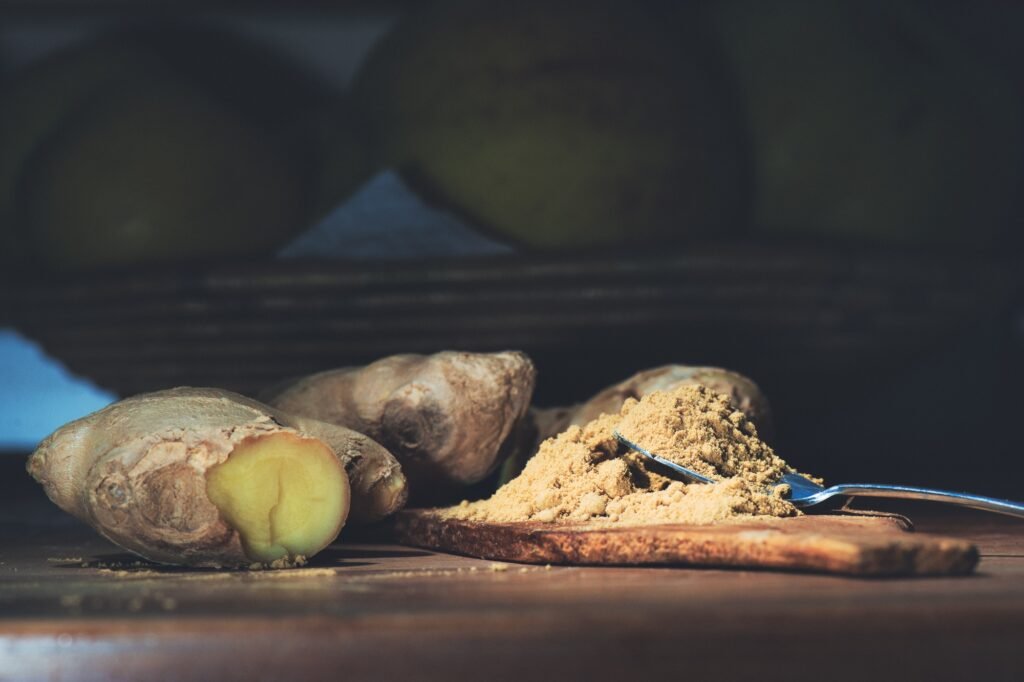
_画板-1-scaled-1-e1752487707555-300x245.png)
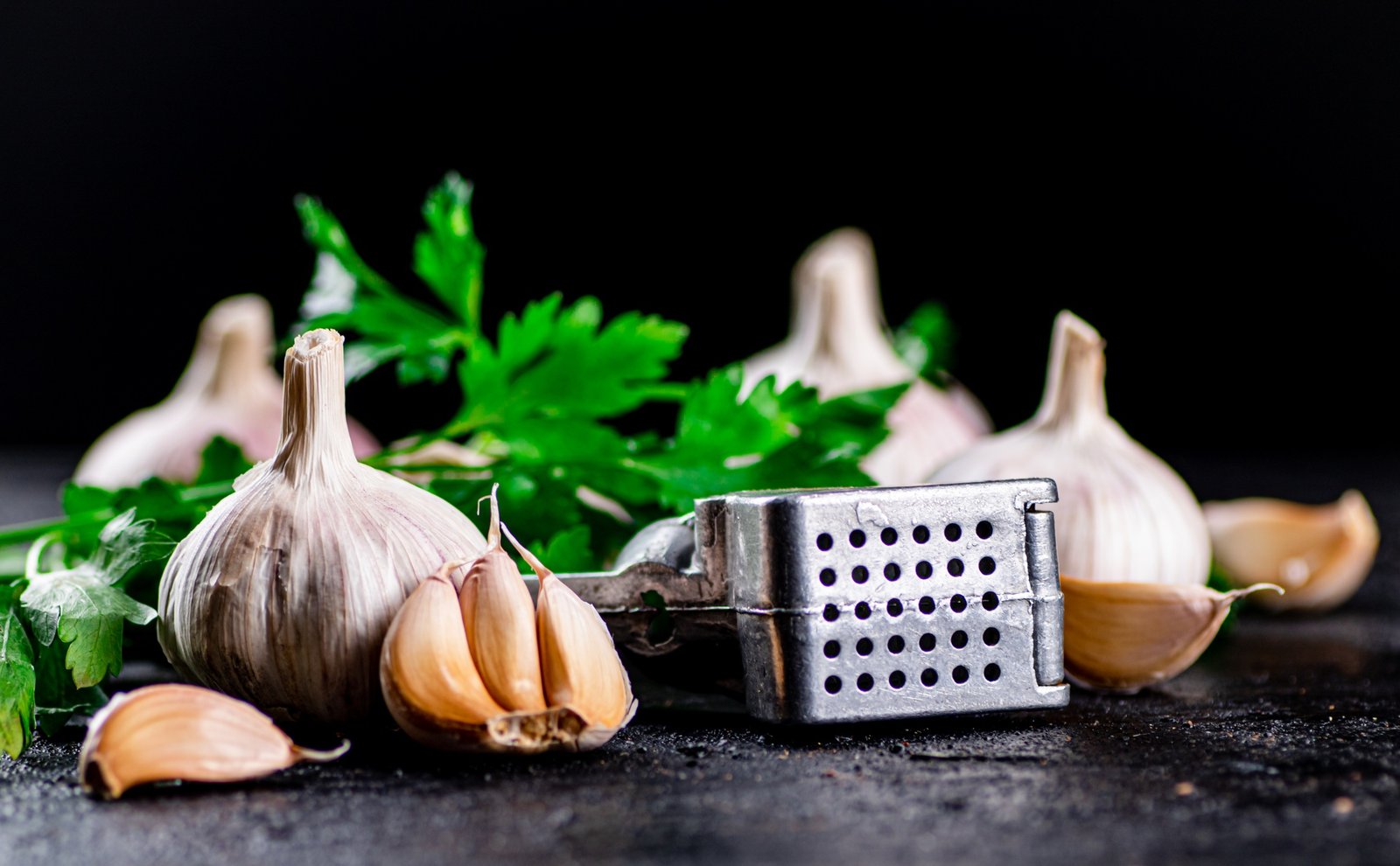
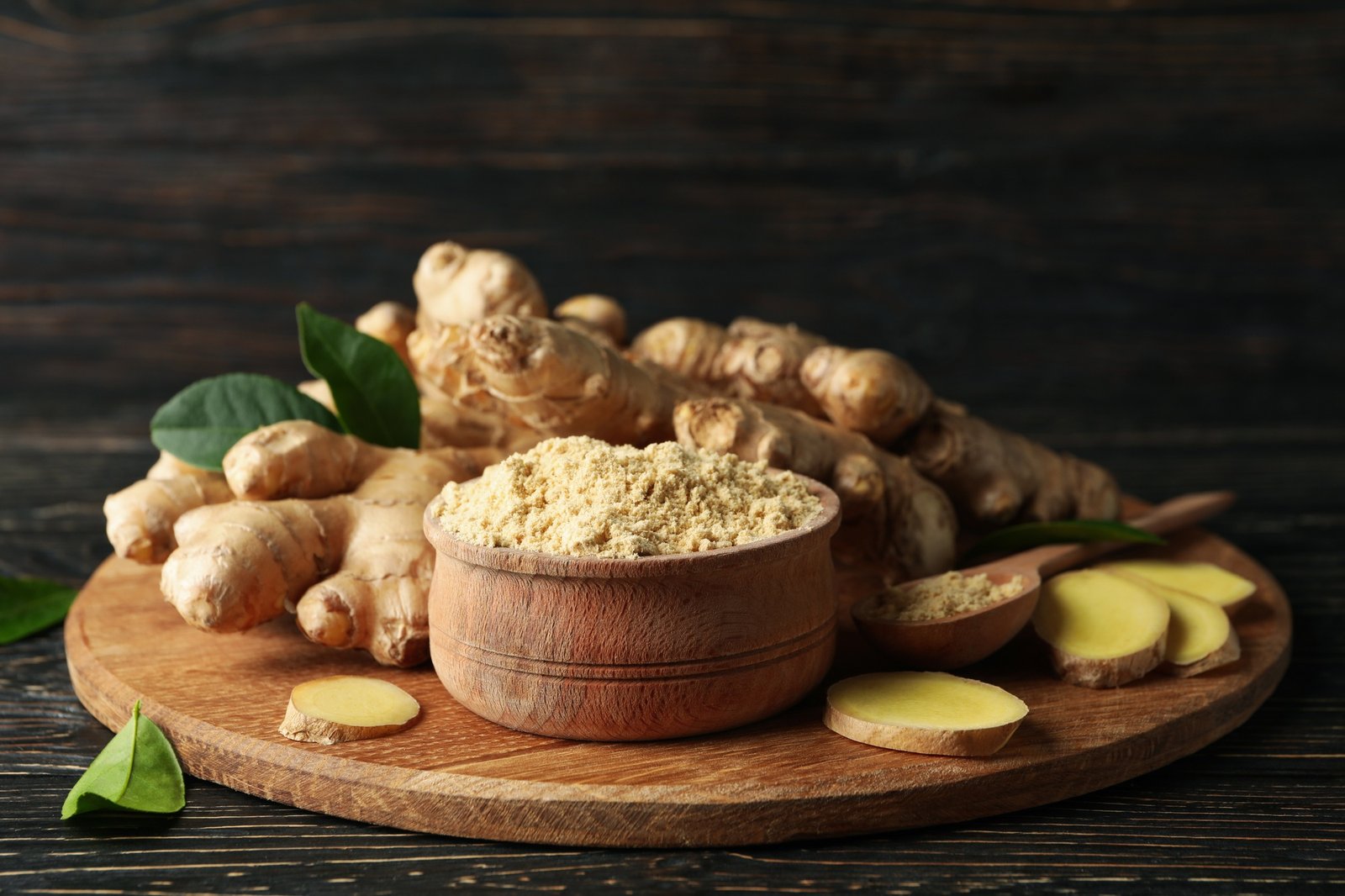
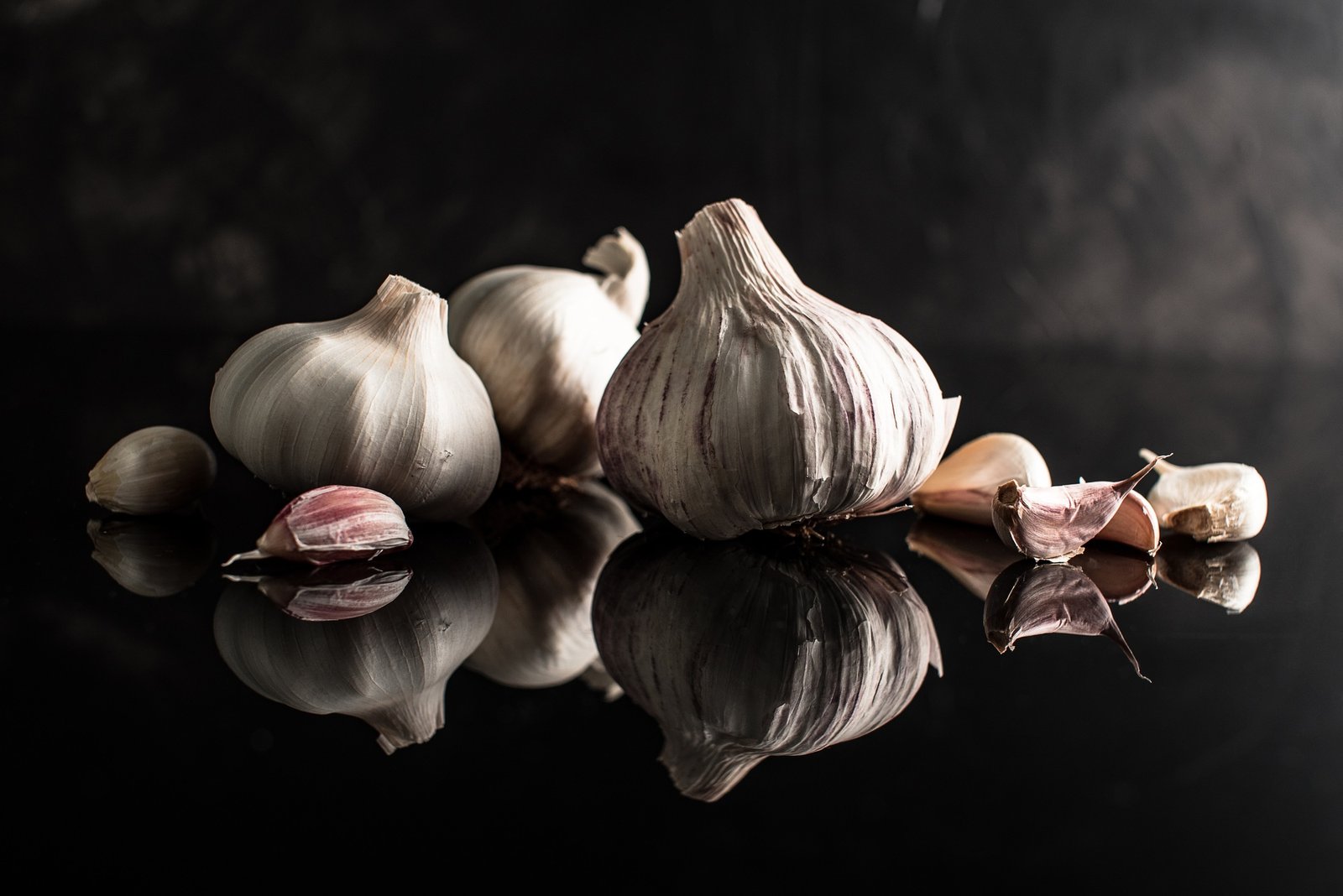
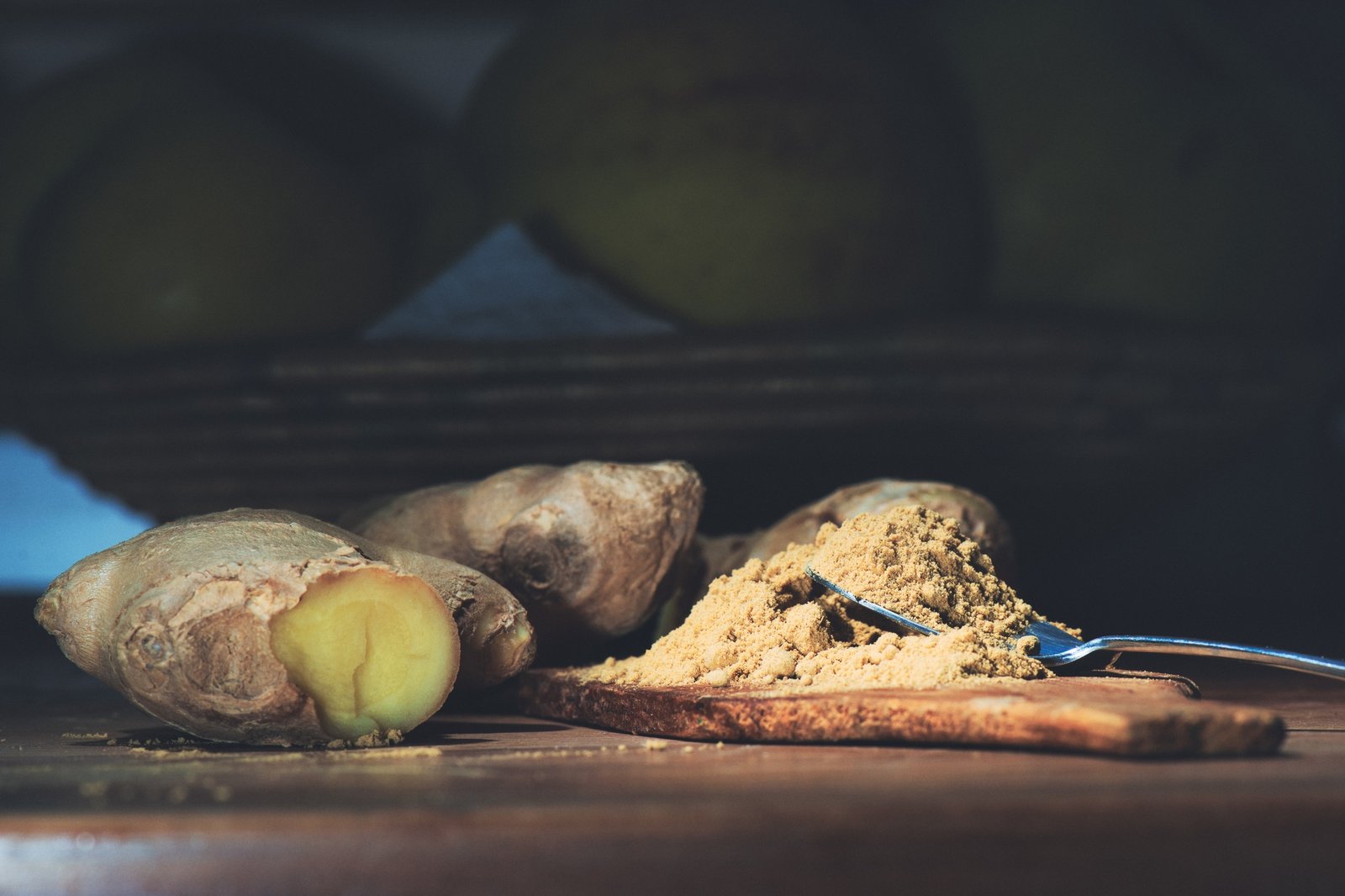
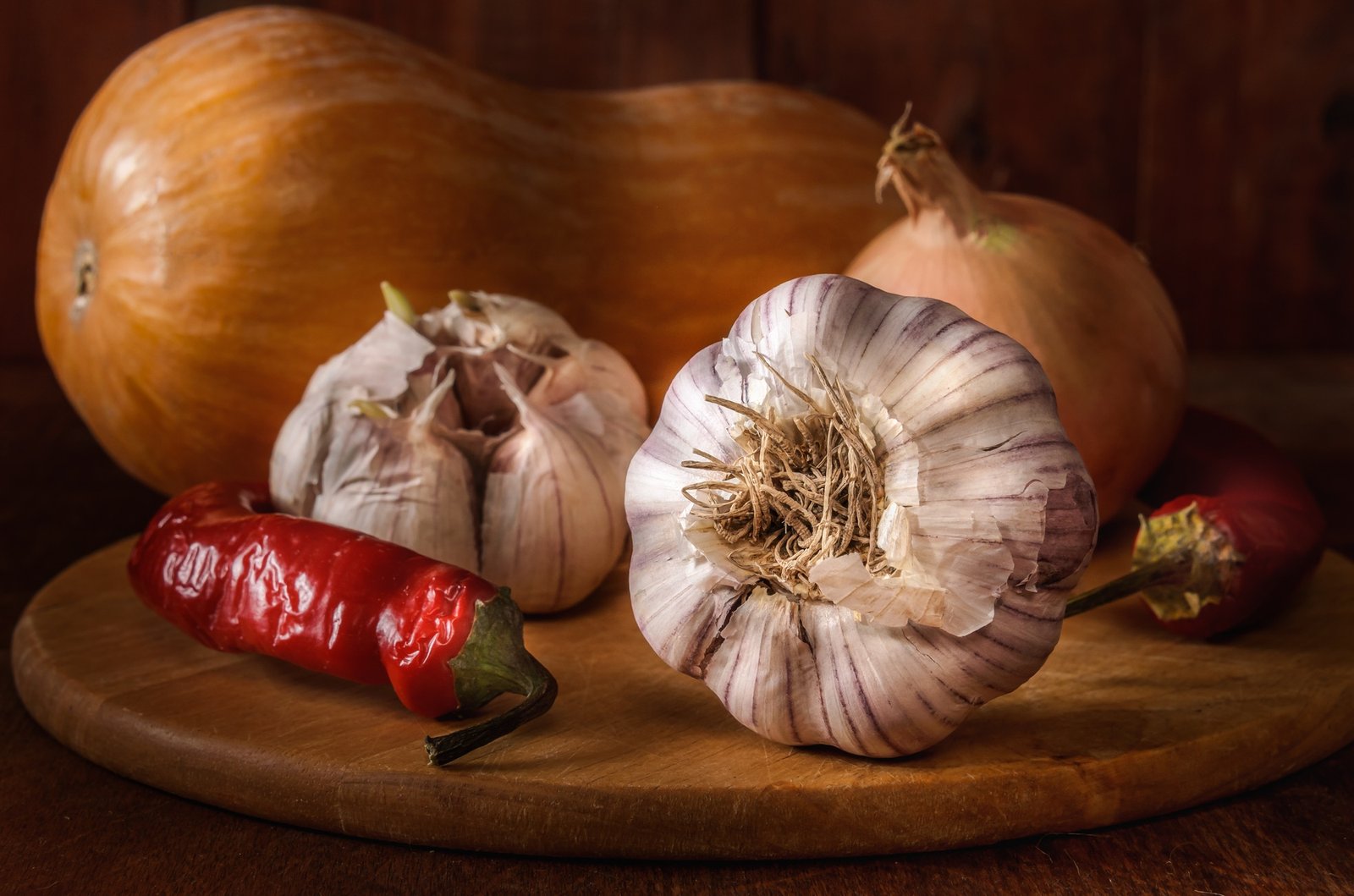

_画板-1-scaled-1-e1752487707555-r8qq581yri718q8whu8401blt9qn6hxzjumknhrdlq.png)